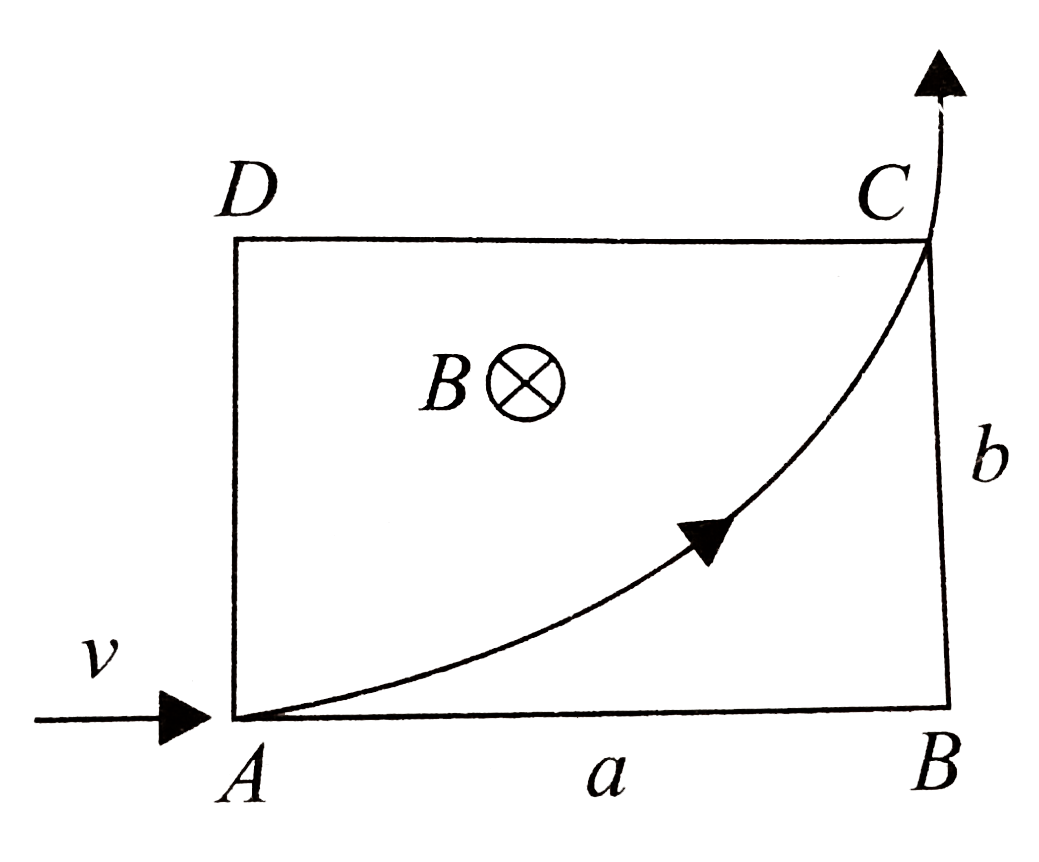In fig(a) electron is shot directly away from a uniformly charged plastic sheet, at speed Vs the sheet is nonconducting flat , and very velical component versus time t until the return to the launch point. What is the sheet's surface charge density ?

The correct Answer is:2ε0mvset0
Step by step video & image solution for In fig(a) electron is shot directly away from a uniformly charged plastic sheet, at speed V_(s) the sheet is nonconducting flat , and very velical component versus time t until the return to the launch point. What is the sheet's surface charge density ? by Physics experts to help you in doubts & scoring excellent marks in Class 12 exams.
Updated on:21/07/2023Topper's Solved these Questions
- ELECTRIC FLUX AND GAUSS LAWBOOK - CENGAGE PHYSICS ENGLISHCHAPTER - ELECTRIC FLUX AND GAUSS LAWEXERCISE - MCQ s
38 Videos
- ELECTRIC FLUX AND GAUSS LAWBOOK - CENGAGE PHYSICS ENGLISHCHAPTER - ELECTRIC FLUX AND GAUSS LAWEXERCISE - Comprehension
36 Videos
- ELECTRIC CURRENT AND CIRCUITBOOK - CENGAGE PHYSICS ENGLISHCHAPTER - ELECTRIC CURRENT AND CIRCUITEXERCISE - Interger
8 Videos
- ELECTRIC POTENTIALBOOK - CENGAGE PHYSICS ENGLISHCHAPTER - ELECTRIC POTENTIALEXERCISE - DPP 3.5
15 Videos
Similar Questions
(a) Use Gauss's theorem to find the electric field due to a uniformly charged infinitely
Iarge plane thin sheet with surface charge density.Σ
(b) An infinitely large thin plane sheet has a uniform surface charge density +σ. Obtain the
expression for the amount of work done in bringing a point charge q from infinity to a
point , distant r, in front of the charged plane sheet.
View Solutionfigure(a) shows three sheets that are large, parallel and uniformaly charged. Figure (b) gives the component of the net electric field along and x-axis through the sheets. The scale of the vertical axis is set by Es=6.0×105N/C what is the ratio of the charge density on sheet 3 to that on sheet 2?

View SolutionCharge is sprayed onto a large non-conducting belt above the left-hand roller in Fig. The belt carries the charge, with a uniform surface charge density s, as it moves with a speed v between the rollers as shown in the figure. The charge is removed by a wiper at the right-hand roller. Consider a point just above the surface on the moving belt. Find an expression for the magnitude of magnetic field at this point.

View SolutionA charged ball B hangs from a silk thread S, which makes an angle θ with a large charged conducting sheet P, as shown in the figure. The surface charge density σ of the sheet is proportional to

View SolutionA long thin flat sheet has a uniform surface charge density σ. The magnitude of the electric field at a distance .r. from it is given by
View SolutionA large flat metal surface has a uniform charge density (+σ). An electron of mass m and charge ρ leaves the surface at the point A with speed u and returns to it at point B. Disregarding gravity the maximum value of AB is

View SolutionAn infinite, uniformly charged sheet with surface charge density σ cuts through a spherical Gaussian surface of radius R at a distance X from its center, as shown in the figure. The electric flux Φ through the Gaussian surface is .

View SolutionA large insulating thick sheet of thickness 2d is charged with a uniform volume charge density p. A particle of mass m, carrying a charge q having a sign opposite to that of the sheet, is released from the surface of the sheet. The sheet does not offer any mechanical resistance to the motion of the particle. Find the oscillation frequency v of the particle inside the sheet
View Solution(a) Define electric flux. Write its S.I. units.
(b) Using Gauss's law, prove that the electric field at a point due to a uniformly charged infinite plane sheet is independent of the distance from it.
(c ) How is the field directed if (i) the sheet is positively charged, (ii) negatively charged ?
View SolutionA charged particle of mass m = 1 mg and charge q=1(μ)C enter along AB at point A in a uniform magnetic field B = 1.2 T existing in the rectangular region of size a×b, where a = 4 m and b = 3 m. The particle leaves the region exactly at corner point C. What is the speed v(∈ms−1) of the particle?

View Solution
